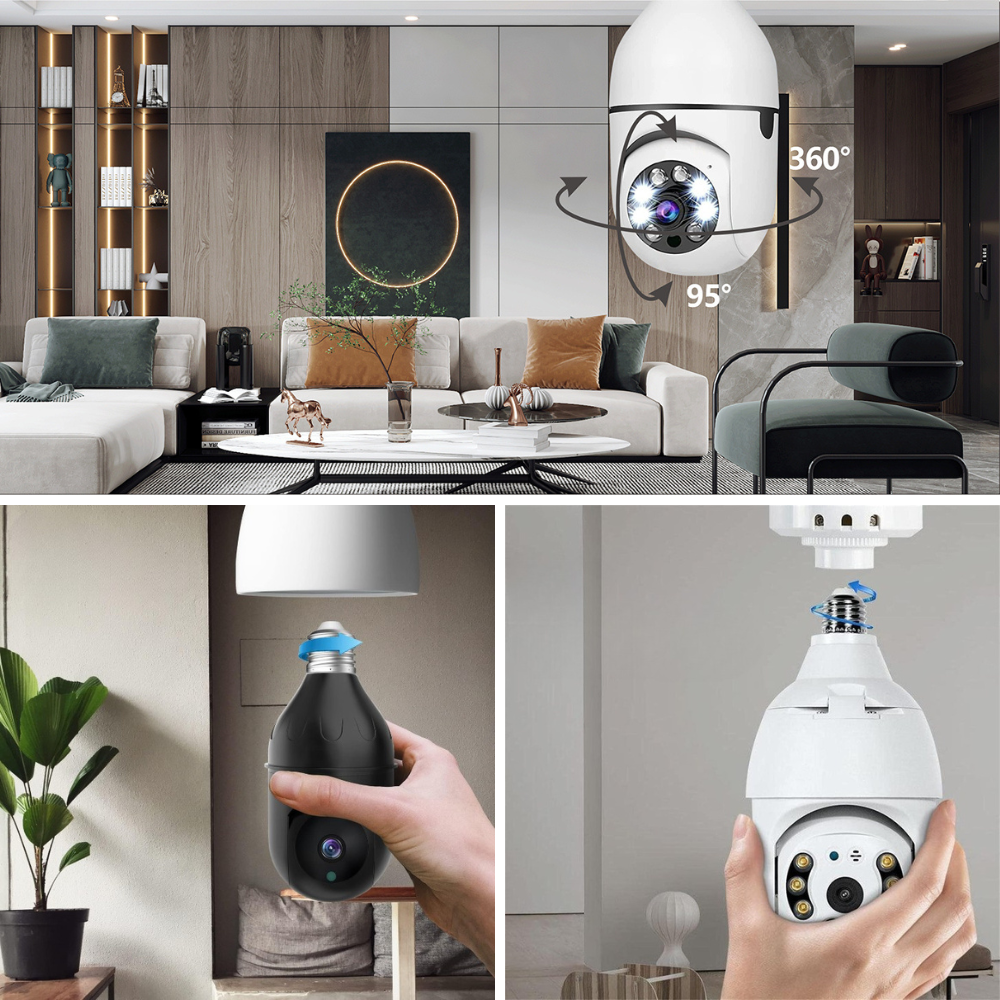LED lights for homes have revolutionized the way we think about residential illumination. From the cozy corners of our living rooms to the vast expanses of our backyards, LED lighting is making its mark as a superior choice for both indoor and outdoor spaces. In this comprehensive guide, we'll explore the myriad benefits of LED lights for homes, delve into the different types available, and provide practical advice on how to integrate them into your living space.
Understanding LED Lights and Their Benefits
LED is an acronym for Light Emitting Diode, which is a semiconductor device that emits light when an electric current flows through it. Unlike incandescent bulbs, LEDs don't rely on a filament, making them more durable and less prone to breakage. The latest LED technology offers a plethora of advantages over traditional lighting solutions. For starters, LED light bulbs are incredibly energy efficient, consuming up to 90% less power than incandescent bulbs. This efficiency translates directly into savings on your electricity bill, as LEDs require less energy to produce the same light output.
Moreover, LEDs boast a much longer lifespan, often lasting tens of thousands of hours before needing replacement. This durability not only cuts down on maintenance costs but also makes LED lights an environmentally friendly choice. With fewer bulbs ending up in landfills, the switch to LEDs is a step towards a more sustainable future.
The Wide Selection of LED Lighting Options
When it comes to choosing LED lights for homes, the options are virtually limitless. From the sleek profiles of LED strip lights to the robust design of outdoor light fixtures, there's an LED solution for every need. LED strip lighting, for example, is perfect for adding a touch of drama to dark spots or for highlighting architectural features. These flexible strips can be cut to length and come with adhesive backing for easy installation.
For general room illumination, LED light bulbs fit into existing lamps and fixtures, making the transition to LED as simple as changing a bulb. With a range of color temperatures and brightness levels, LED bulbs can help you achieve the perfect mood for any room. And for those who love to have control over their lighting, many LED options are dimmer-compatible, allowing you to adjust the brightness to suit different occasions.
LED Strip Light Innovations
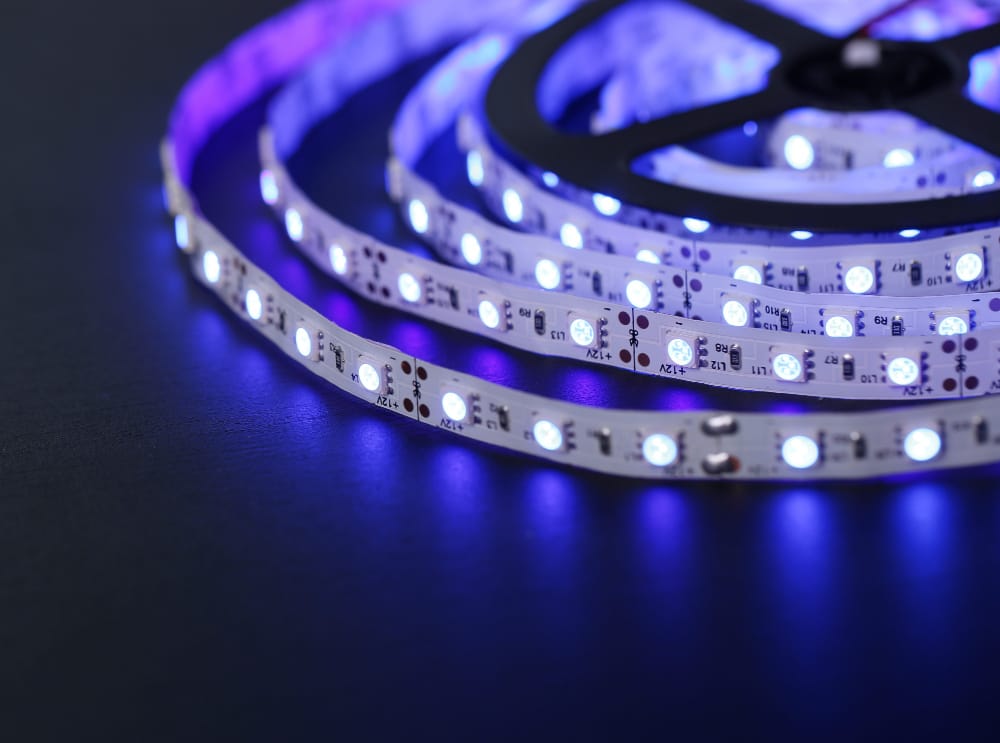
LED strip lights are revolutionizing the way we illuminate spaces, offering unparalleled flexibility and creativity. These versatile strips can be cut to measure and easily installed along the contours of furniture, under cabinets, or even around artwork, providing a seamless and modern aesthetic. The low-profile design of LED strip lights means they can be discreetly placed to create ambient lighting or accent features without the bulk of traditional fixtures.
Moreover, the latest LED strip lights come with smart technology, allowing customers to control brightness, color, and even patterns through mobile apps or voice commands. This innovation not only enhances the user experience but also contributes to energy efficiency, as you can dim the lights to the exact level needed, reducing unnecessary power consumption. Whether for a cozy home setting or a dynamic business environment, LED strip lights offer a customizable solution that meets the diverse needs of today's consumers.
The Evolution of LED Bulb Technology
The LED bulb has come a long way since its inception, evolving into a beacon of innovation in the lighting industry. Initially, LED bulbs were prized for their longevity and energy efficiency, but recent advancements have catapulted them into the spotlight for their impressive range of color temperatures and dimming capabilities. These bulbs now offer a seamless transition from traditional incandescent bulbs' warm, inviting glow to the crisp, bright light ideal for task lighting. This versatility makes LED bulbs a top choice for homeowners looking to tailor their lighting atmosphere to their specific needs and moods.
Moreover, the technological strides in LED bulb design have also led to a significant reduction in their physical size, making them compatible with an array of fixtures and lamps. This miniaturization has not compromised their performance; on the contrary, it has expanded their applicability. From sleek, modern desk lamps to ornate chandeliers, LED bulbs can now illuminate a diverse range of home decors, proving that these bulbs are not just functional but can also enhance the aesthetic appeal of any space.
Integrating LED Lighting with Smart Home Systems

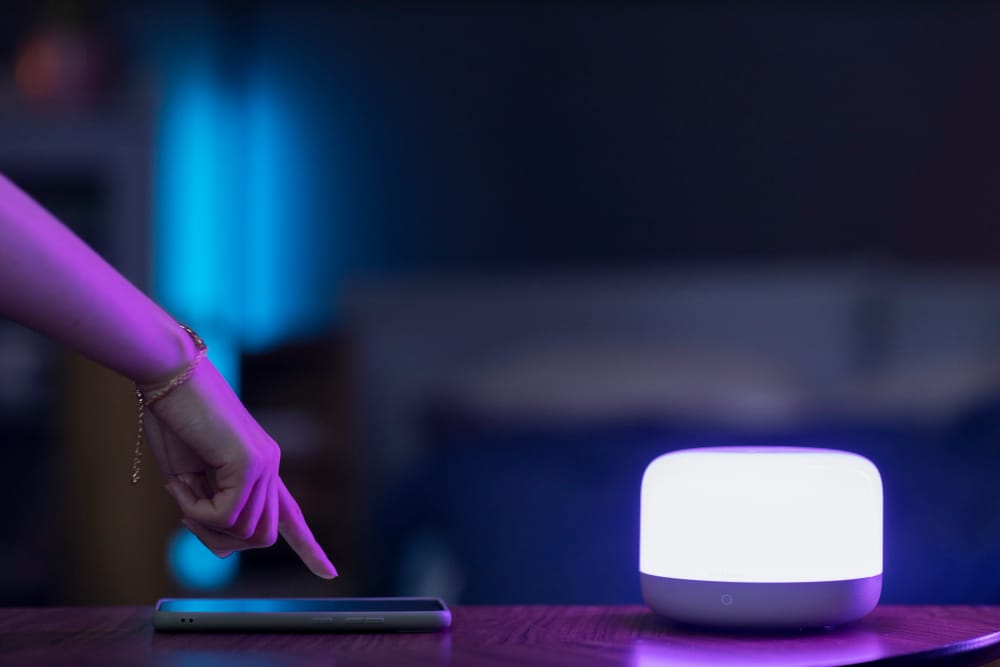
Integrating LED lighting with smart home systems is a game-changer for homeowners seeking both convenience and energy efficiency. By connecting LED bulbs to smart cables and home automation networks, users can control their home lighting with the touch of a button or even a simple voice command. This connectivity allows for the customization of lighting schedules, the adjustment of brightness levels, and even the change of light colors to suit different occasions or times of day, all without having to physically interact with a switch.
What's more, smart LED systems can be synced with other home devices and sensors to create a truly interconnected experience. Imagine your LED lights gradually brightening as the sun sets, or flashing as a reminder for an upcoming appointment. The possibilities are endless, and with the added benefit of being able to monitor and manage your energy usage through smart apps, these systems not only provide convenience but also contribute to a more sustainable lifestyle. As smart homes continue to evolve, LED lighting proves to be a cornerstone of this modern, connected living.
LED Lighting for Outdoor Spaces
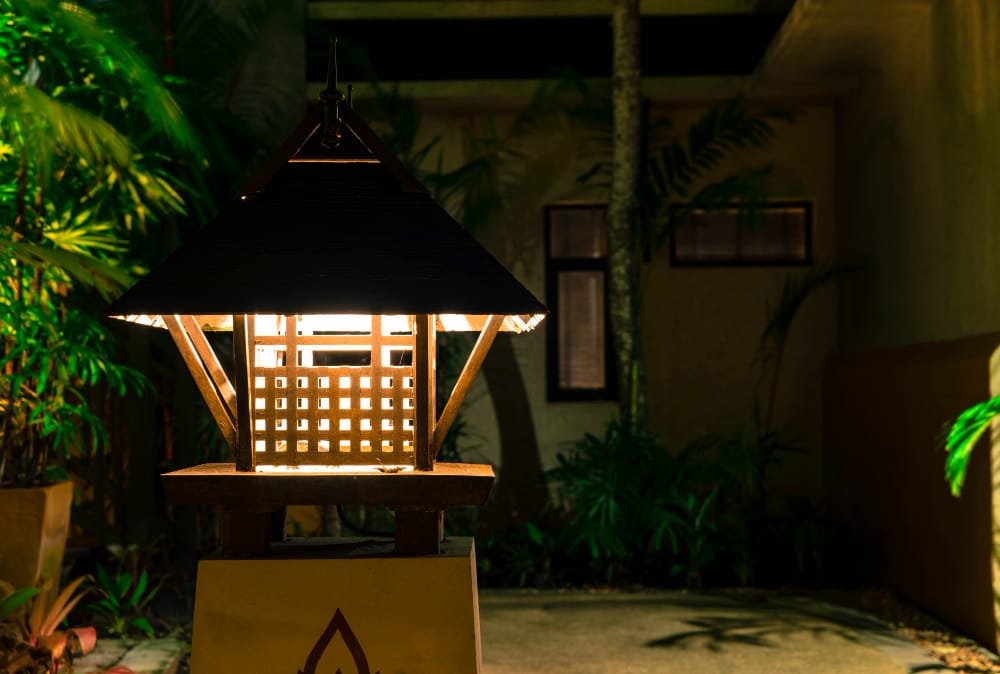
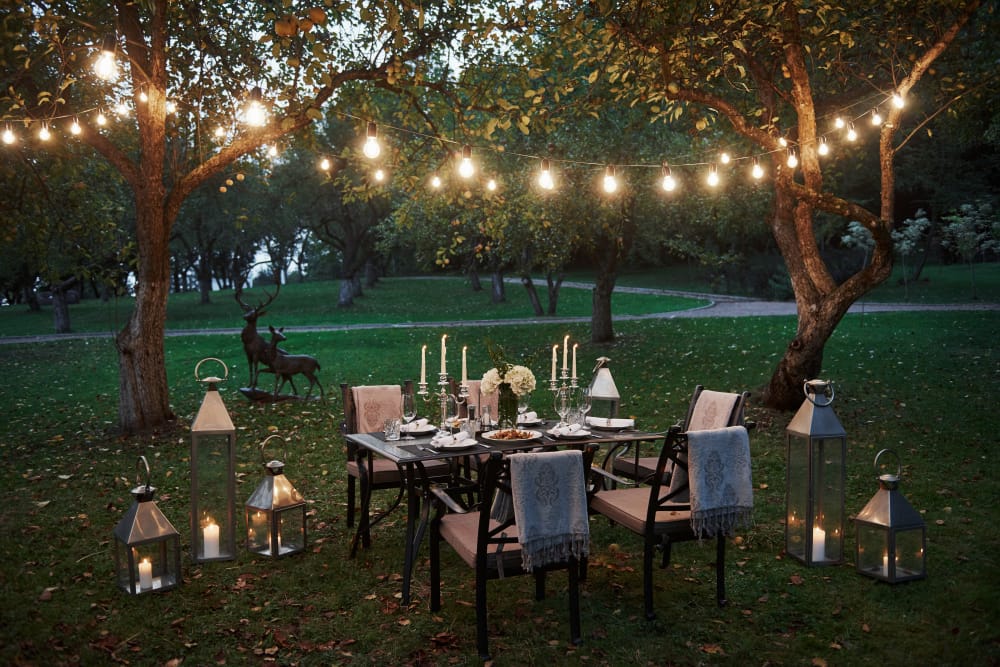
Outdoor spaces can greatly benefit from LED lighting. Whether it's for security purposes in parking lots or to create an inviting ambiance in a backyard, LED lights offer superior performance and durability. They are designed to withstand the elements, ensuring that your outdoor areas remain well-lit year-round. With LED technology, homeowners can brighten up walkways, gardens, and patios with fixtures that are both stylish and functional.
LEDs are also ideal for construction projects, as they can operate efficiently in a wide range of temperatures and conditions. Their robust construction means they are less likely to be damaged during installation or through the wear and tear of outdoor use. Plus, the energy savings and low maintenance requirements make LEDs a cost-effective choice for both residential and commercial outdoor lighting.
Energy Consumption and Savings
One of the most compelling reasons to choose LED lights for homes is the significant reduction in energy consumption. By using less power to emit the same amount of light, LED bulbs help homeowners save money on their electricity bills. This efficiency is measured in lumens per watt, with LEDs providing more lumens while drawing fewer watts than traditional lighting options.
The difference in energy consumption is not only good for your wallet but also for the environment. By reducing the electricity demand, which is often generated from fossil fuels, LED lighting helps decrease greenhouse gas emissions. This makes LEDs an eco-friendly choice that contributes to the fight against climate change.
Customizing Your Home with LED Lighting
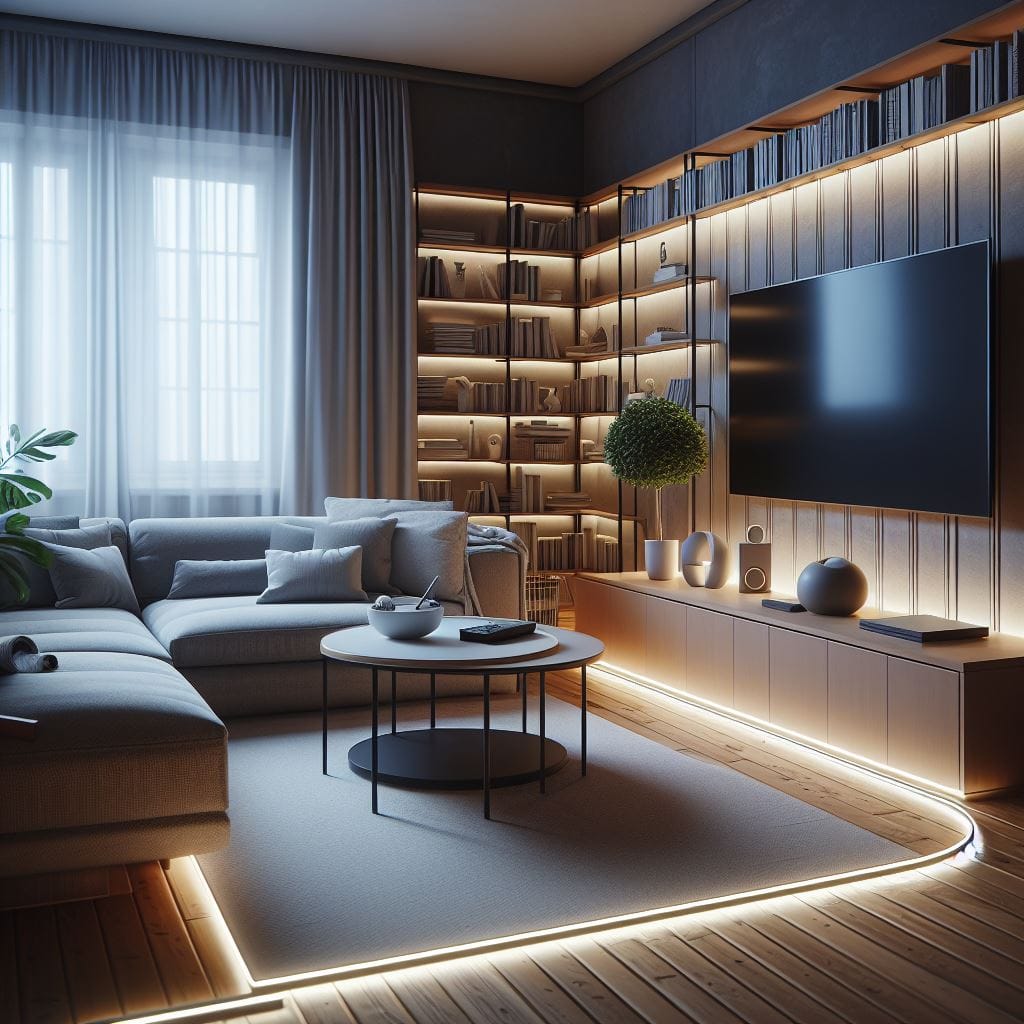
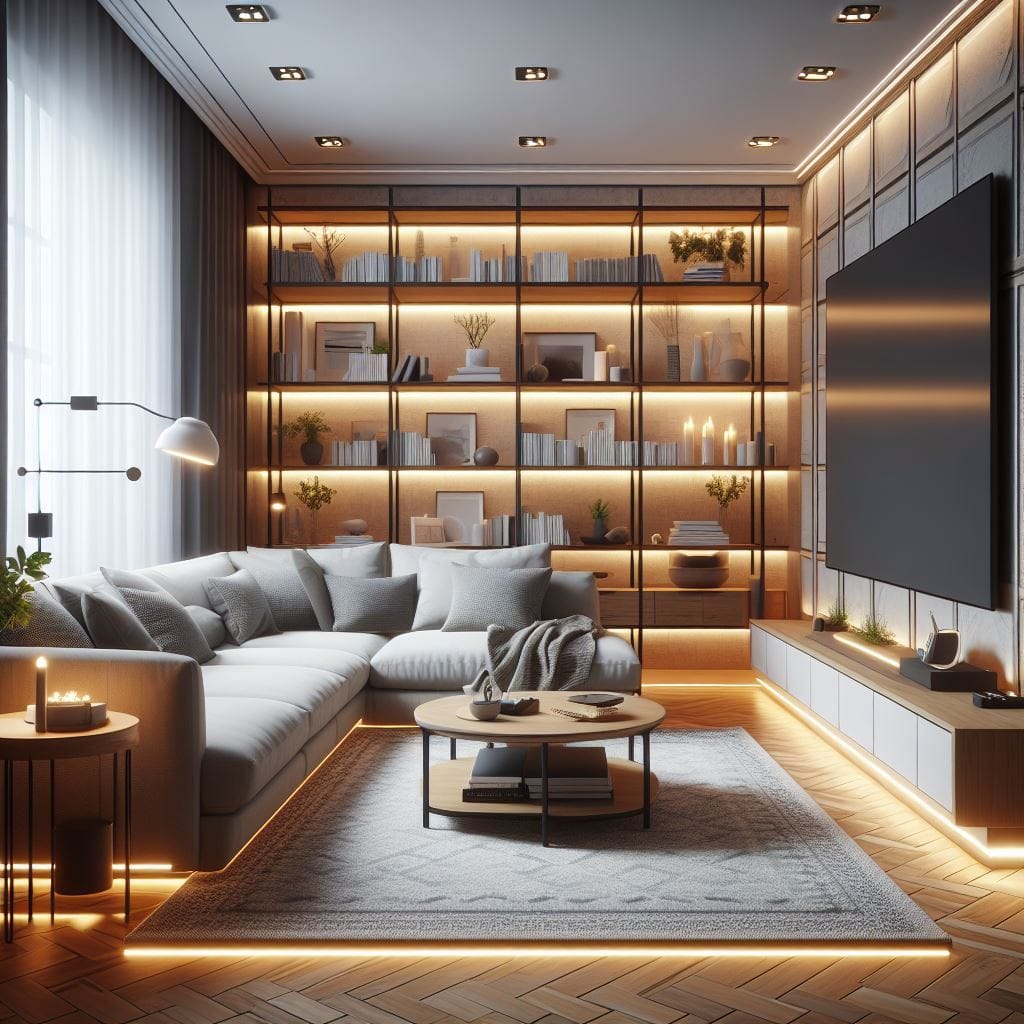
LED lighting offers unparalleled flexibility when it comes to customizing your home's illumination. With options like LED strip lights, you can create unique lighting designs that highlight your home's best features. These strips can be used under cabinets for a modern kitchen look, around mirrors for an elegant bathroom vibe, or along staircases for added safety and visual appeal.
For those who want even more control, smart LED bulbs can be connected to home automation systems. This allows you to operate your lights remotely, set schedules, and even change the color of the light to match your mood or the occasion. The ability to adjust and personalize your lighting has never been easier, thanks to the advancements in LED technology.

How much can I save by switching to LED lights for homes?
The amount you can save depends on the number of lights you replace and your usage patterns. However, because LED bulbs use less power and have a longer lifespan, you can expect to see a reduction in both your energy consumption and maintenance costs, leading to noticeable savings over time.
Are LED lights for homes dimmable?
Yes, many LED light bulbs and fixtures are compatible with dimmer switches, allowing you to adjust the brightness to your preference. It's important to check the product specifications to ensure that the LED you choose is dimmer-compatible.
Can LED lights be used in any existing light fixture?
In most cases, yes. LED bulbs are designed to fit into standard light fixtures, making it easy to replace incandescent or CFL bulbs with LEDs. However, it's always a good idea to verify the bulb's base type and size to ensure a proper fit.

LED lights for homes are a smart investment for anyone looking to enhance their living space while being mindful of energy consumption and environmental impact. With their long lifespan, low maintenance costs, and wide selection of styles, LED lighting solutions offer both functionality and aesthetic appeal. By making the switch to LED light bulbs, homeowners can enjoy brighter spaces, greater control over their lighting, and significant savings on their electricity bills.
